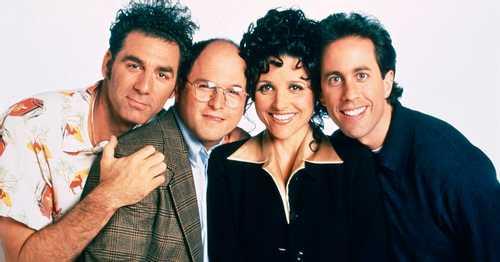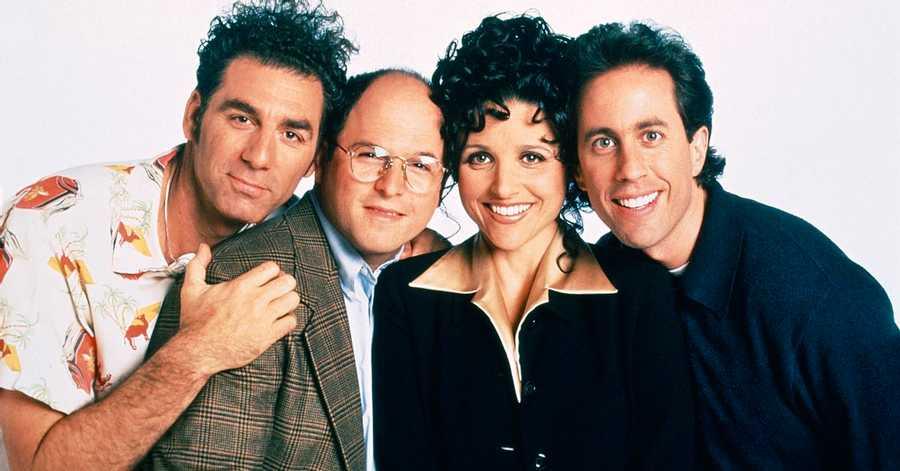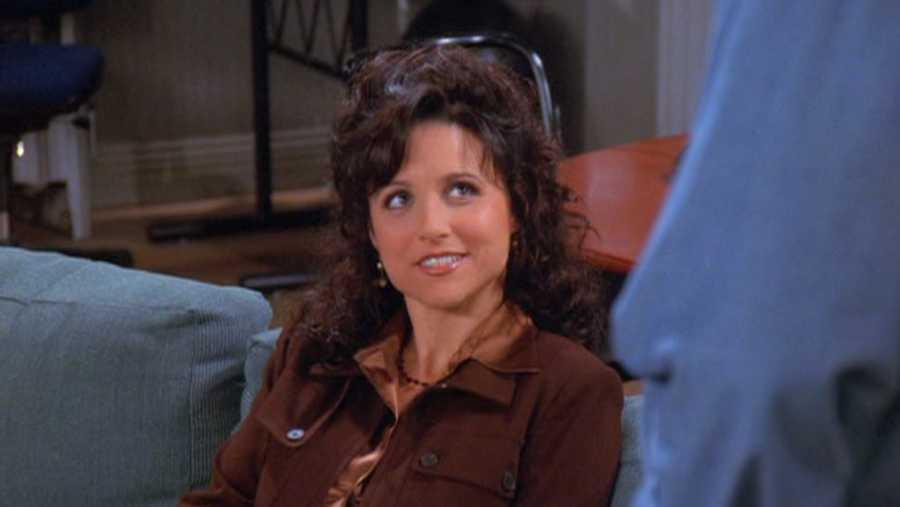5 ways Seinfeld changed television
Curated from: vox.com
Ideas, facts & insights covering these topics:
6 ideas
·975 reads
6
Explore the World's Best Ideas
Join today and uncover 100+ curated journeys from 50+ topics. Unlock access to our mobile app with extensive features.
Seinfeld
It's one of the most successful TV shows ever made. Its pilot, “The Seinfeld Chronicles,” aired in 1989, but its second episode didn’t air until May of 1990.
Jerry Seinfeld's observational humor influenced many other shows of that period and even long after. The “single people living in the big city” premise became the centerpiece of seemingly every other sitcom
19
141 reads
Writing sitcoms
Seinfeld changed the way sitcom stories are written. Until then, most sitcoms had A-story and a B-story, and a joke continued throughout the episode and told a very loose story but didn’t do much more than that.
Seinfeld didn't follow that pattern, because every character has their own storyline, all four of which converge in the final moments to create a whole that’s larger than its parts.
41
382 reads
The age of antiheroes
George, for example, is perhaps the show’s most repulsive character, but the public empathized with him because they recognize in him all of the times they've been unable to escape their own limitations and weaknesses.
20
113 reads
The influential female character
Thanks to the work of Julia Louis-Dreyfus, one of the great comedic actresses of American television, Elaine could be both deeply weird and deeply feminine.
21
168 reads
A changing television landscape
But at the beginning, as it struggled in the ratings, it was not only kept alive because it earned critical acclaim and awards attention, but because the people who were watching it were more demographically desirable to advertisers: young white people with lots of money who live in cities.
17
76 reads
The death of the multi-camera sitcom
Until then, a sitcom usually functioned like a filmed play, with multiple cameras in fixed positions capturing the action of a sitcom taping, usually in front of a live audience.
But as time passed by, Seinfeld inserted even more single-camera sequences into the action and it broke up its stories into smaller and smaller pieces, presaging the joke-a-second pace that most single-camera sitcoms run at today.
18
95 reads
IDEAS CURATED BY
Karl Murphy's ideas are part of this journey:
Learn more about personaldevelopment with this collection
The role of coffee in social interactions
Different types of coffee and their preparation
The impact of coffee on society and economy
Related collections
Similar ideas
3 ideas
How Seinfeld changed TV - Insider
insider.com
1 idea
Cracking the Sitcom Code - The Atlantic
theatlantic.com
1 idea
Read & Learn
20x Faster
without
deepstash
with
deepstash
with
deepstash
Personalized microlearning
—
100+ Learning Journeys
—
Access to 200,000+ ideas
—
Access to the mobile app
—
Unlimited idea saving
—
—
Unlimited history
—
—
Unlimited listening to ideas
—
—
Downloading & offline access
—
—
Supercharge your mind with one idea per day
Enter your email and spend 1 minute every day to learn something new.
I agree to receive email updates



